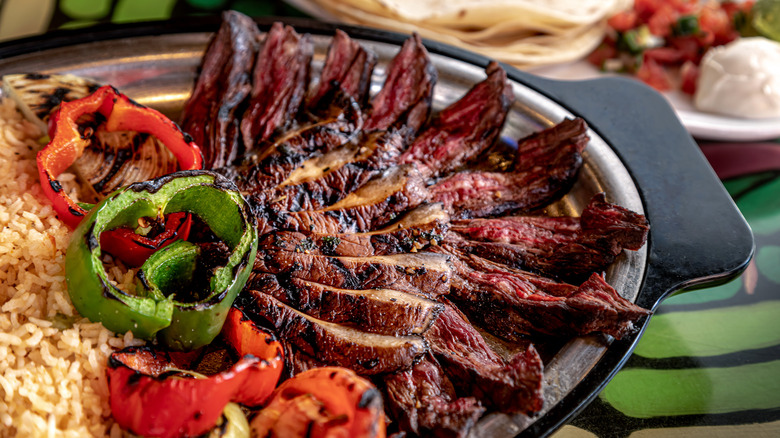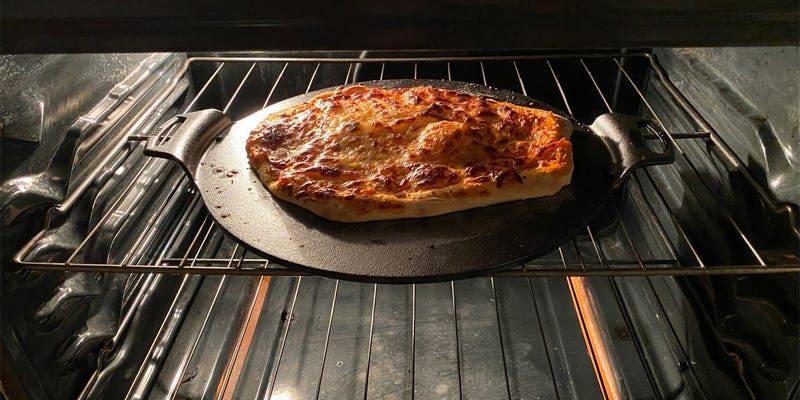In the dynamic world of culinary arts, the captivating sizzling sound and smoke effects play a vital role in transforming ordinary dishes into sensory masterpieces. For kitchen professionals, understanding the nuances of these effects can elevate the dining experience, leaving a lasting impression on patrons. The sizzling sound is not just an auditory delight; it signifies the perfect sear, while the smoke adds an element of visual drama that entices and excites.

The Science Behind Sizzling
The sizzling sound is the result of moisture rapidly evaporating upon contact with a hot surface. This process, known as the Maillard reaction, is crucial in developing the rich, complex flavors that define a perfectly seared steak or a sizzling fajita. The safety tips for handling sizzling platters are equally important to prevent accidents in a bustling kitchen.
Smoke effects are created when the fats and juices from food items vaporize upon high heat. This not only adds depth to the flavor profile but also enhances the visual appeal of the dish. The interplay between sizzling sound and smoke effects is an art form that requires precision and skill.
Mastering the Sizzle: Techniques and Tips
For kitchen professionals, mastering the art of sizzling involves more than just turning up the heat. The choice of ingredients, cookware, and even the type of platter used can significantly impact the outcome.
Choosing the Right Ingredients: Opt for cuts of meat with sufficient marbling, as the fat content will contribute to both flavor and smoke. Vegetables with a high water content, like bell peppers and onions, are ideal for achieving a satisfying sizzle.
Selecting the Appropriate Cookware: Cast iron skillets and sizzle platters are traditional choices due to their ability to retain and evenly distribute heat. The use of these tools ensures a consistent sizzling sound and uniform smoke production.
Creating a Visual and Auditory Spectacle
The allure of the sizzling sound and smoke effects extends beyond taste. In the realm of food presentation, these elements serve as powerful tools to captivate diners. A well-executed sizzle can transform a meal into a memorable experience.
Consider incorporating vegetarian protein options to cater to diverse dietary preferences while still delivering the dramatic effects of sizzling and smoking. The vibrant colors and textures of these ingredients can enhance the overall aesthetic of the dish.
Applications in Modern Cuisine
In contemporary culinary settings, the use of sizzling sound and smoke effects has expanded beyond traditional dishes. Innovative chefs are incorporating these techniques into unexpected cuisines, creating fusion dishes that surprise and delight.
For instance, a romantic dinner can be elevated by presenting a sizzling platter of seafood, where the gentle sizzle complements the delicate flavors of the ocean. This approach not only showcases culinary creativity but also highlights the versatility of sizzling techniques.
Conclusion: The Impact of Sizzle on Culinary Success
The sizzling sound and smoke effects are indispensable tools in the arsenal of kitchen professionals. By understanding and mastering these elements, chefs can create dishes that are not only delicious but also memorable. The sensory experience of a sizzling platter can transport diners to new culinary heights.
For further exploration of sizzling techniques, consider experimenting with new recipes and presentations. Resources such as fajitas using a sizzle platter offer valuable insights and inspiration for culinary innovation.

FAQ Section
What causes the sizzling sound in cooking?
The sizzling sound is caused by the rapid evaporation of moisture when food comes into contact with a hot surface, resulting in the Maillard reaction.
How can I achieve the best smoke effects in my dishes?
To achieve the best smoke effects, use ingredients with higher fat content, and ensure your cooking surface is properly heated before adding the food.
Are there any safety tips for using sizzling platters?
Yes, safety is crucial when using sizzling platters. Always use heat-resistant gloves, and be cautious of splattering oils. For detailed safety tips, visit sizzling platter safety tips.
This article contains affiliate links. We may earn a commission at no extra cost to you.






Leave a comment
This site is protected by hCaptcha and the hCaptcha Privacy Policy and Terms of Service apply.